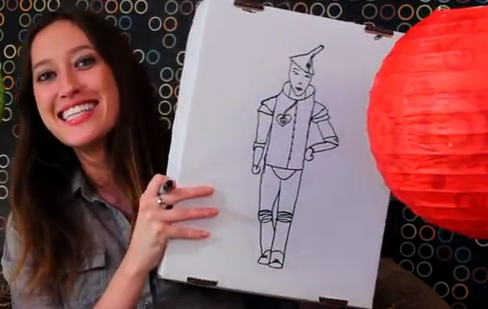Submitted by Guest Blogger last modified Tue, 01/04/2011 - 6:04pm
Guest Blog by Thomas Yohannan
A recent case was decided upon that is important to the understanding when software license breaches will be treated as copyright infringement or simply breaches of the contract. The case continues to show that a court’s decision one way or the other can have dramatically different results in terms of how much in damages a defendant must pay.
In MDY Industries, LLC v. Blizzard Entertainment, Inc., No. 09-15932 (9th Cir. Dec. 14, 2010), MDY Industries created a downloadable program, Glider, which was able to automate much of the game (up to a certain level) so that a user will not have to spend hours playing World of Warcraft (WoW) to gain experience and points. Blizzard Entertainment, Inc., the creators of WoW, argued that the Glider ‘bot’ violated copyright law because the WoW’s EULA contained a restriction on playing the game using such technology. Also, Blizzard argued that buyers (or recipients) did not own the WoW software but were merely granted a license to use the software in which case users would be in violation of the TOU. Violation of WoW’s EULA is copyright infringement but violation of the TOU would only be termination of the license to use the software. A big difference.
Blizzard wanted more than just a termination of the license. This distinction would allow Blizzard to pursue any Glider user because that person would violate the end-user agreement and would allow Blizzard to hold MDY liable for infringing the copyright.
The case was dependent on whether the user was an owner or licensee of the software. The reason for this hinge is because it would decide what part of a licensing agreement supports a copyright infringement claim. The court decided that WoW users were the latter, licensees of the software. So violation of the TOU would lead to a termination of the license. The court decided that using Glider by a user wasn’t considered copyright infringement because “"Glider does not infringe any of Blizzard's exclusive rights. For instance, the use does not alter or copy WoW software."
But there is more. Blizzard created additional software (the ominous “Warden”) that was supposed to bar Glider users from access to the game but this was circumvented by MDY. Users had the ability to bypass Warden. The court believed that Warden created a new copyright in that it was created to stop programs from circumventing the original work, WoW. When Glider was able to circumvent Warden, it was infringing on the copyright of Warden. This portion of the decision dealt with the anti-circumvention provision of the DMCA. The court basically said that it’s ok to make a cheat program but you cannot circumvent efforts by the software makers of trying to stop cheaters from playing the game.
This is the third decision that furthers the rights of copyright owners in digital works. With online gaming revenues expected to surpass $14.5 billion in 2010 and grow to $29 billion by 2015 with a 14.8 percent compound annual growth rate, according to ABI Research, this will help keep creativity in the creator’s hands. Warden is an example of Digital Rights Management (DRM). The court wanted to protect the additional steps that copyright holders may take in protecting their work. This decision may even spur further efforts to lock-down DVD movies (possibly even movie download services like NetFlix), music download sites, electronic books and other digital works, as plaintiffs may believe courts are willing to invoke the DMCA’s anti-circumvention provisions.
It should be noted that the decision is binding only on federal courts in the states of California, Arizona, Nevada, Oregon, Washington, Montana, Idaho, Alaska and Hawaii. Federal courts in other states and territories are free to follow the MDY decision or Chamberlain Group, Inc. v. Skylink Techs., Inc., 381 F.3d 1178 (Fed. Cir. 2004).
There are still muddy waters, however, because some courts may treat software license breaches as copyright infringement, and others may treat them as a breach of contract, with significantly different stakes in damages.




